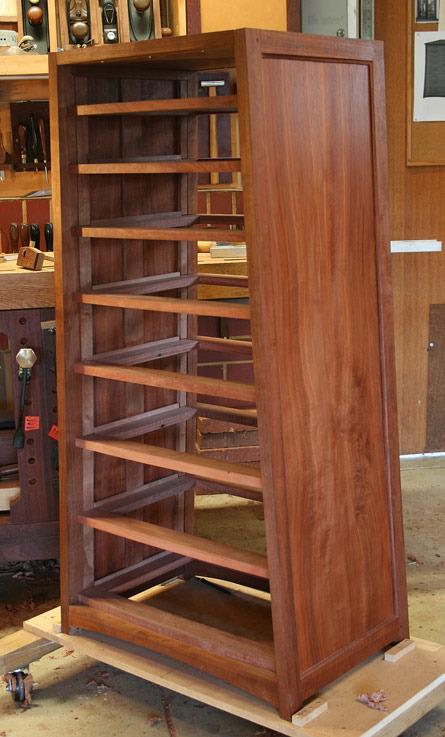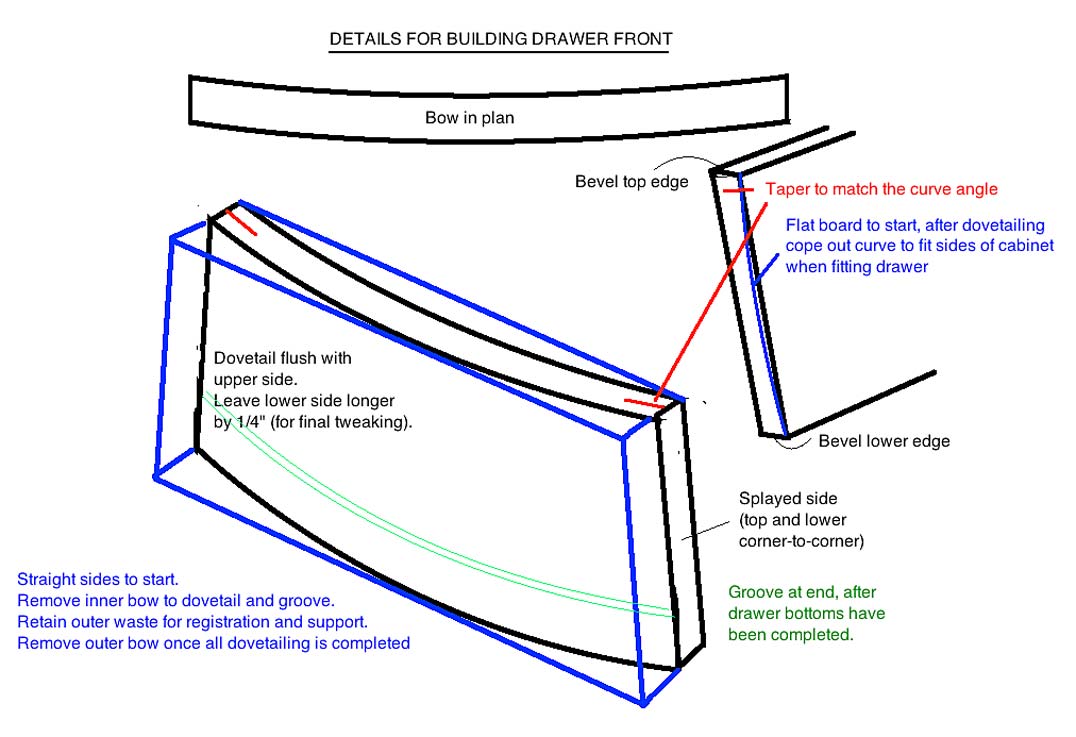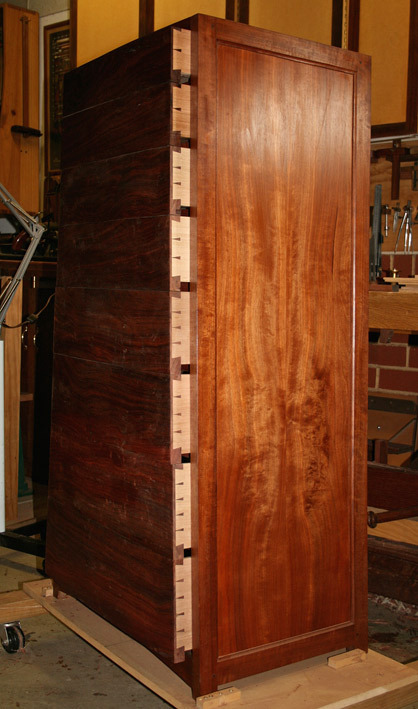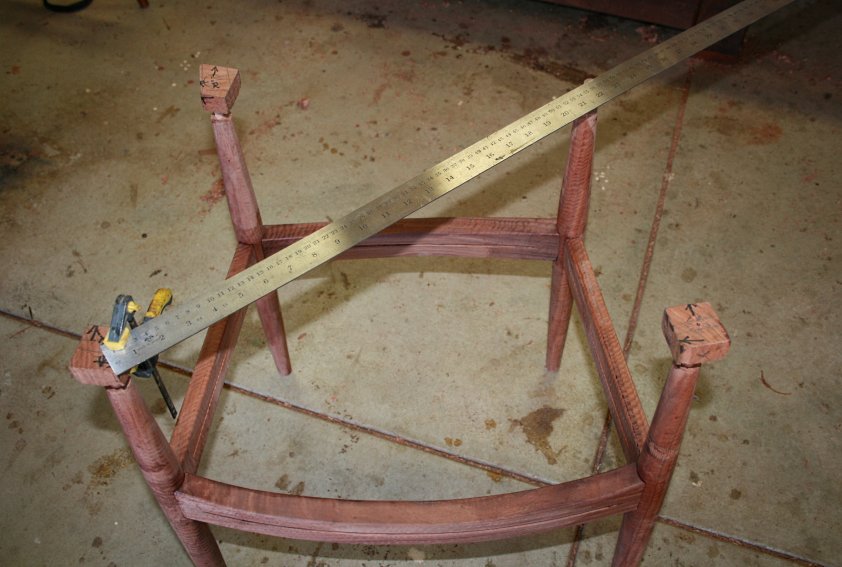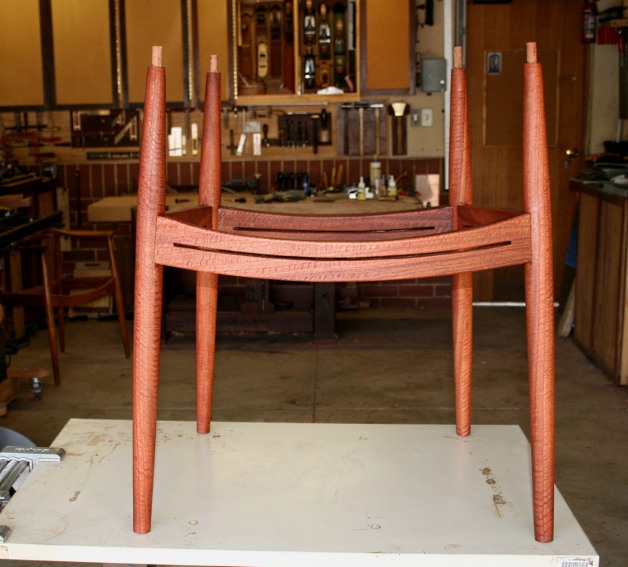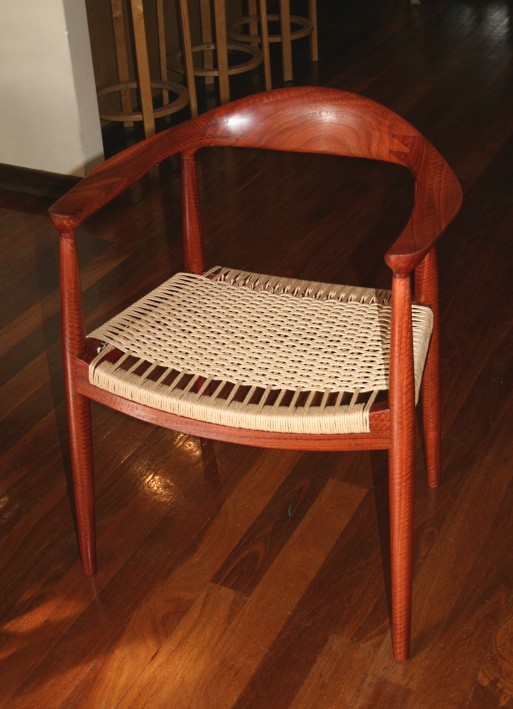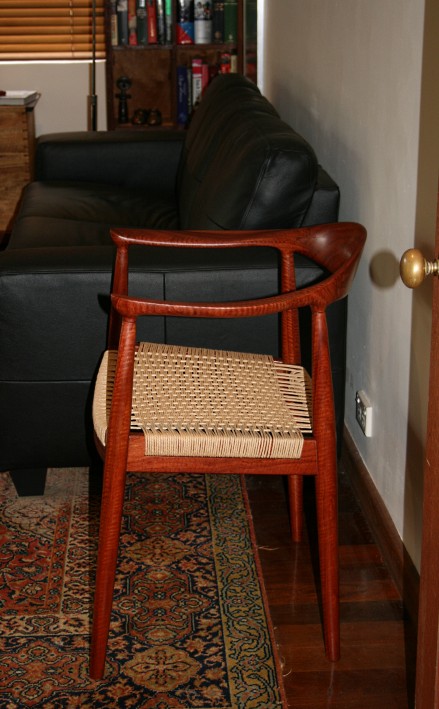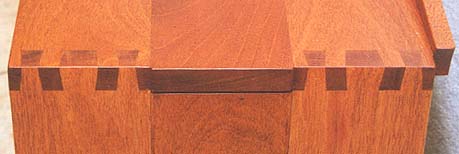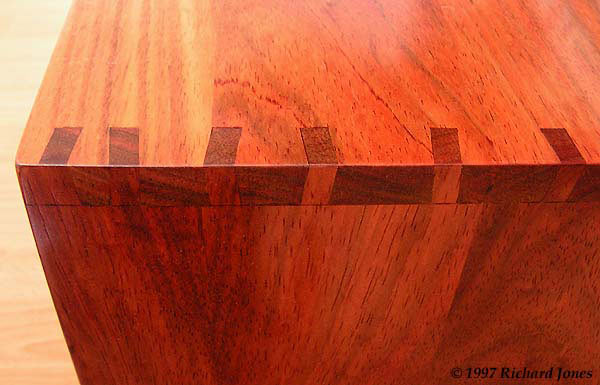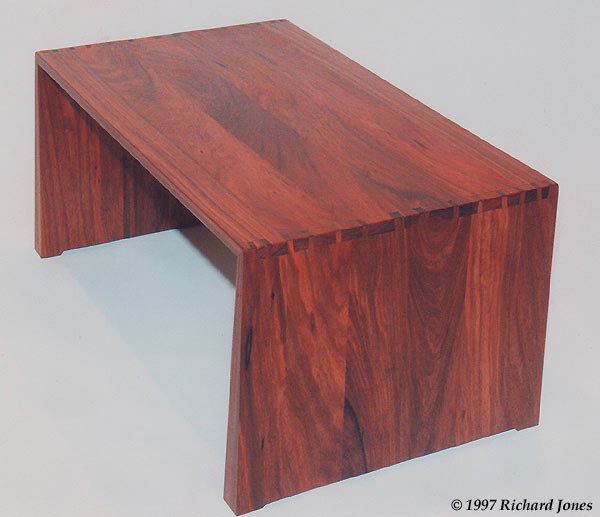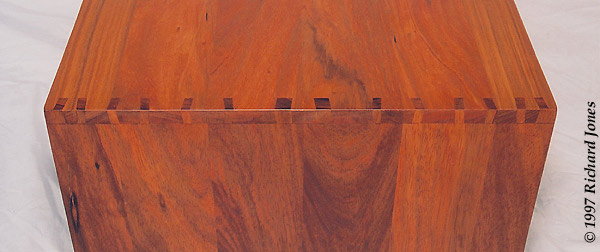matthewwh
Established Member
I was having a chat with Rob Stoakley last week about dovetails, specifically the beautiful aluminium sided drawers in the L'Orchidee desk by Marc Fish:

Rob reckoned that you couldn't teach someone how to cut this joint in one weekend, I disagreed, and the obvious outcome prevailed. Details and photos of my efforts can be found on the WSH blog.
So, my question is, has anyone else ventured beyond joining two flat boards at 90 degrees? If so, how did you get on, and can we see some photos please?

Rob reckoned that you couldn't teach someone how to cut this joint in one weekend, I disagreed, and the obvious outcome prevailed. Details and photos of my efforts can be found on the WSH blog.
So, my question is, has anyone else ventured beyond joining two flat boards at 90 degrees? If so, how did you get on, and can we see some photos please?






































